How to plant and care for Iberis outdoors?
The Iberis plant belongs to the Cruciferous family. Planting Iberis in open ground will not only decorate the summer cottage, but also take advantage of the medicinal properties of this plant. People call it golden blossom, peppercorn, variegated, Iberian, stennik. The modest flowers of the plant thin out the pleasant aroma. Leaving is not difficult.
Selection of Iberis varieties for sowing
Goldflower is a highly branched plant, reaching only 20 cm in height. Glossy lanceolate leaves are dark green in color. White, pink, purple, lilac flowers are collected in a basket. Flowering begins in May and lasts 2 months.
Let's list the most popular varieties of Iberis.
- Evergreen Iberis. Perennial plant up to 30 cm in height. White flowers are 1.5 cm in diameter. Care is reduced to timely watering and removal of faded inflorescences.
- Bitter Iberis. Plant up to 25 cm in height with racemose inflorescences. White flowers with a diameter of 2 cm sometimes have a light purple hue.
- Gibraltar. Delicate perennial evergreen shrub. The shield-shaped inflorescences are decorated with beautiful purple flowers. Easy to care for.
- Umbrella. Annual species with flowers of various colors. Thinns the pleasant aroma.
- Rocky. A wonderful perennial plant with white flowers. During flowering, a white cloud covers all the foliage. It seems that the green bush is wrapped in a snow-white blanket. Care after flowering is to shorten the shoots by 1/3 of the length.
Sowing Iberis seeds for seedlings
Peppercorn is propagated more often by seed method than vegetatively. Planting is possible from April to May. Seeds of almost all types are sown directly into the ground in mid or late April. Sowing depends on climatic conditions. Friendly shoots appear in 2 weeks. To provide plants with good conditions for development, you will need to remove excess specimens.
The success of growing an evergreen plant depends on some nuances.
- Choosing a place. Goldflower loves to grow in bright, sunny areas. Even a light shade will negatively affect its growth and lead the plant to death.
- Soil. Iberis does not like waterlogged soil, so good drainage is required before planting. Sandy and sandy loam soils are preferable.
- Watering. Especially on dry days, the Iberian needs to be watered abundantly.
- Fertilization. The plant does not need feeding, but if you apply complex fertilizers during care, it will thank you with lush flowering.
Interesting fact!
Only in clear weather you can admire the flowering of the Iberis. Cunning flowers close their buds on a cloudy day.
Reproduction method - cuttings
This method is used by more experienced gardeners, and only perennial specimens can be propagated by them, annuals do not give roots.
It is necessary to cut the cuttings and plant them directly in the ground. For rooting, it is recommended to create greenhouse conditions. Cuttings are taken only from faded specimens.
When and how to plant Iberis?
It is necessary to plant seedlings in the soil in May. At this time, the threat of return frosts has already passed.
The seedlings have a very delicate and fragile root system. Therefore, when transplanting to a flower bed, you need to be careful. It is required to carefully remove the seedlings from the container and, together with a lump of earth, transfer them to the prepared soil. The distance between specimens must be at least 15 cm.After planting, the soil near the plant is compacted and watered abundantly.
Important!
Different varieties of Iberia are pollinated among themselves! Therefore, in order to maintain the purity of the variety, different specimens must be planted at a distant distance from each other.
Plant care
Iberis care in the open field consists in timely watering, loosening the soil, removing weeds and fighting pests and diseases.
Water the plant abundantly and only after the earthen coma dries. After flowering, dried inflorescences must be removed. Towards autumn, perennial varieties require pruning. It is recommended to shorten the stems by 1/3 of their length. So the bushes will look neat and compact.
A plant can grow in one place for 5 years. It makes no sense to grow further, since the bush loses its decorative effect: flowers and leaves become smaller. Adult specimens need to be divided into several divisions and transplanted to a new place.
Pest and disease control
- Cabbage aphid
Cabbage aphid larvae annoy the plant. They suck out the juice, resulting in decreased levels of chlorophyll, vitamins and sugars. The foliage turns yellow, curls and dries up. If a timely fight is not carried out, the plant will die. Liquid potash soap is used to fight. In a bucket of water, 300 g of the product are diluted and sprayed with plants.
- Earthen fleas
Determining that this annoying insect has settled on the plant is very simple: you need to take a closer look at the foliage. In the process of life, the earthen flea leaves traces in the form of large round holes on the foliage. To get rid of the pest, you will need to loosen the soil near the plant and water it well.
- Worms
These are annoying and tenacious insects, it is never possible to get rid of them at one time, therefore it is recommended to carry out three treatment times. Of the chemicals in the fight against mealybugs, Fitoverm and Aktara have proven themselves well.
On a note!
Fitoverm can have a beneficial effect only if it is diluted in warm water and a drop of liquid soap is added.
Iberis is susceptible to fungal diseases. Proper soil preparation will help to avoid trouble. Before planting the plants, it is recommended to spill the substrate with a fungicide or a weak solution of potassium permanganate.
If the bush is still sick, it is necessary to remove the plant so that the rest of the specimens do not become infected.
Iberis care after flowering
In place of the flowers, seeds are formed, and since the flowering of the variegated flower continues all summer, the seeds can be collected in several stages. It is necessary to collect the resulting pods and send them to dry in a dark, well-ventilated room. It is recommended to store seeds in the house in a paper bag.
If you don't really want to mess around with collecting seeds, you can trust self-seeding. In spring, many new plants grow alongside adult specimens. You only need to thin out the plantings or move them to a permanent place.
How to prepare Iberis for winter? A perennial plant is considered frost resistant. But depending on the severity of the winters, it is sometimes recommended to cover young bushes with spruce branches.
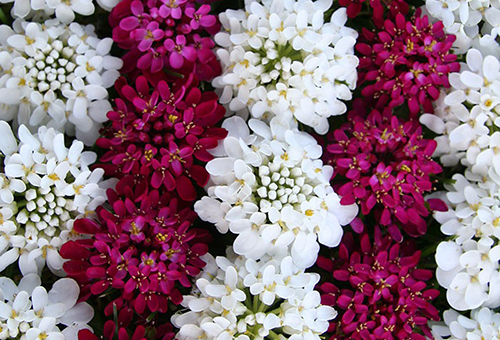
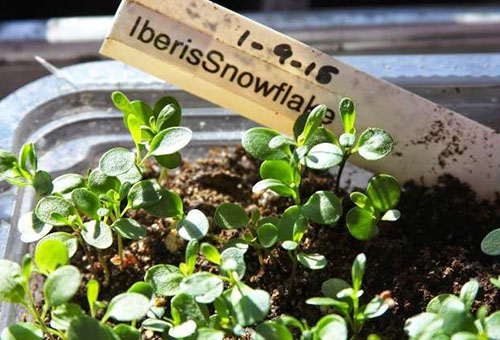
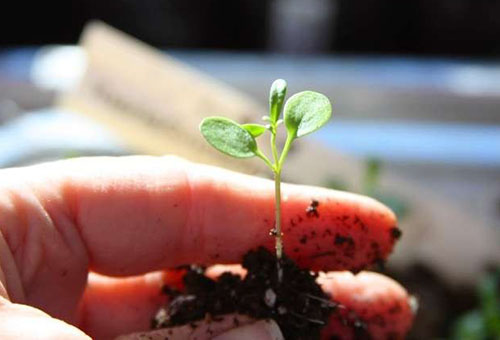
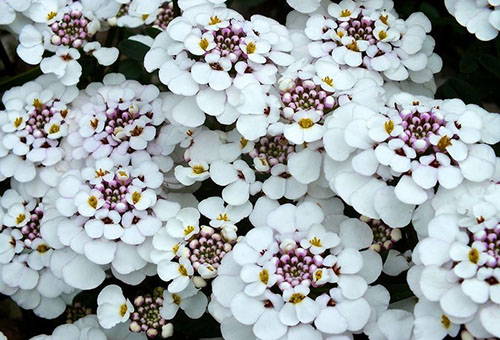
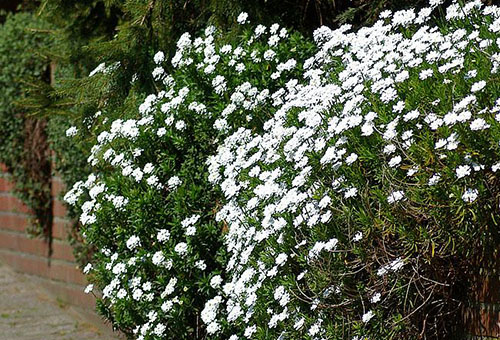

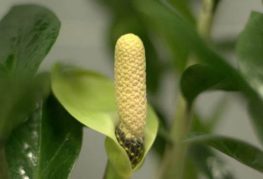
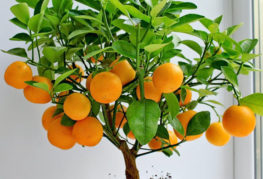
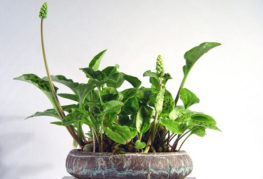
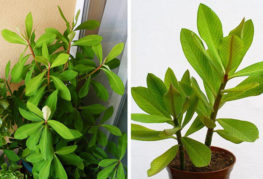
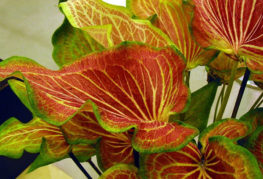
and will be published shortly.